
Djordje Todorovic Illustrator Fur Trade Game Pieces
A fur trader in Fort Chipewyan, Northwest Territories in the 1890s A fur shop in Tallinn, Estonia in 2019 Fur muff manufacturer's 1949 advertisement. The fur trade is a worldwide industry dealing in the acquisition and sale of animal fur.Since the establishment of a world fur market in the early modern period, furs of boreal, polar and cold temperate mammalian animals have been the most valued.
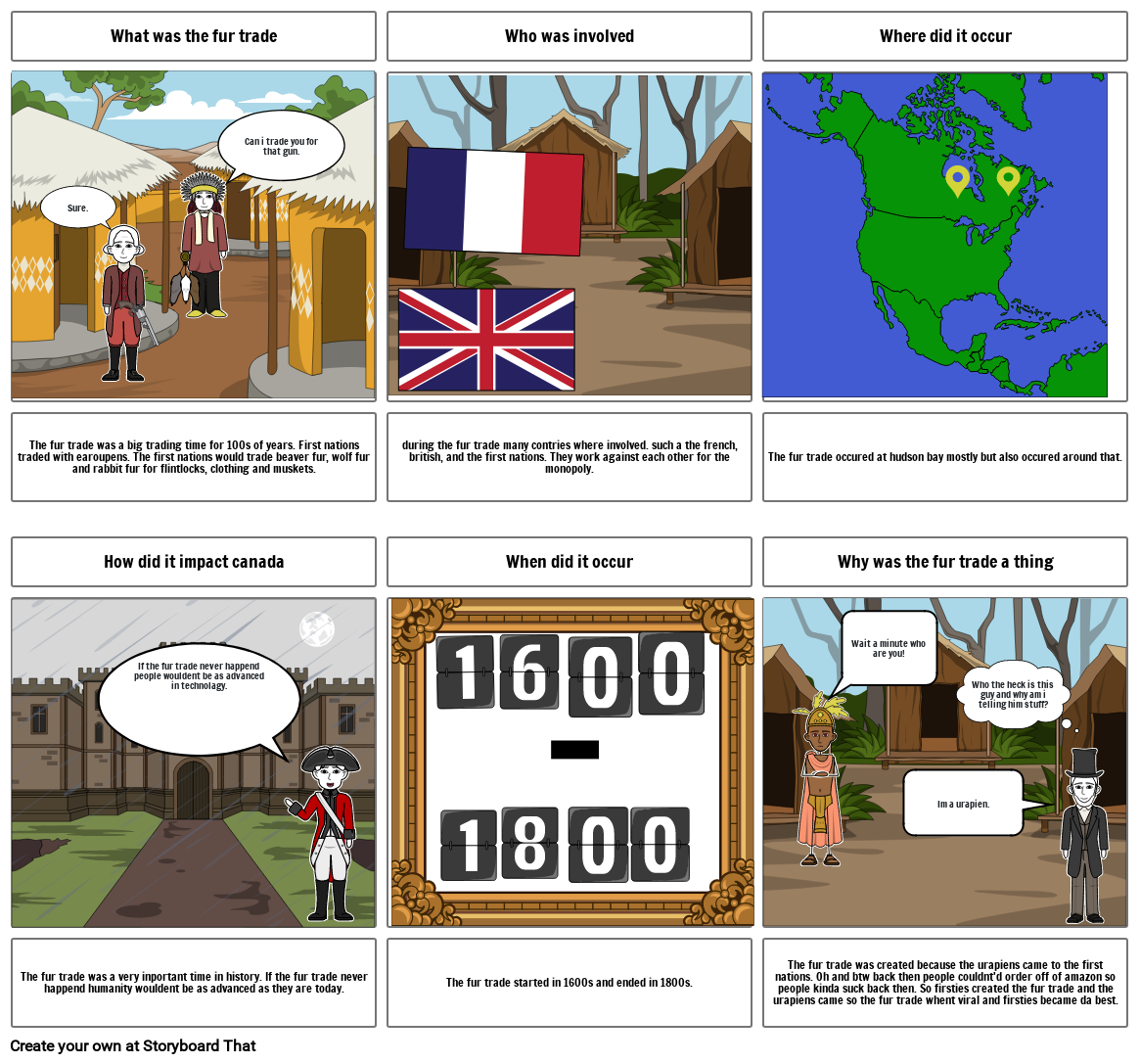
first nations fur trade Storyboard by e1c5704d
The Fur Trade Game 3 or more players . The Fur Trade Game is designed to simulate the activities of a trading post with players acting as the traders/trappers. Players will search for Made Beaver Units and trade them in at the trading post station for trade items needed for survival..

Fur Trade Educational Package Canada's History Fur trade, History
Fur Trade Timeline. In this lesson, students will play a class game of "I Have. Who Has?" and create a timeline for Canada's fur trade. Created by Elizabeth Phipps 2012 recipient of the Governor General's History Award for Excellence in Teaching. This lesson is inspired by the article "Fur Trade Times" in the How Furs Built Canada.

Trappers and Traders A Fur Trade Card Game Saskatchewan
The Fur Trade Era: A Trade Game. Student will learn and categorize the many contributions that American Indian (specifically Anishinaabe) have made to all aspects of modern society during the fur trade era. Ojibwe Language will be integrated through basic vocabulary that was used during the trading era. Materials Needed Resources

5 phases of the fur trade Storyboard by 2dd67828
This interactive, multi-player game attempts to bring the experience of the fur trading days to life. Inside the box are 4 sets of colour-coded cards along with matching paper pads. The colours represent four different groups: Hudson' Bay Company, North West Company, a First Nations Trading Party, and a Metis Trading Party. The cards.
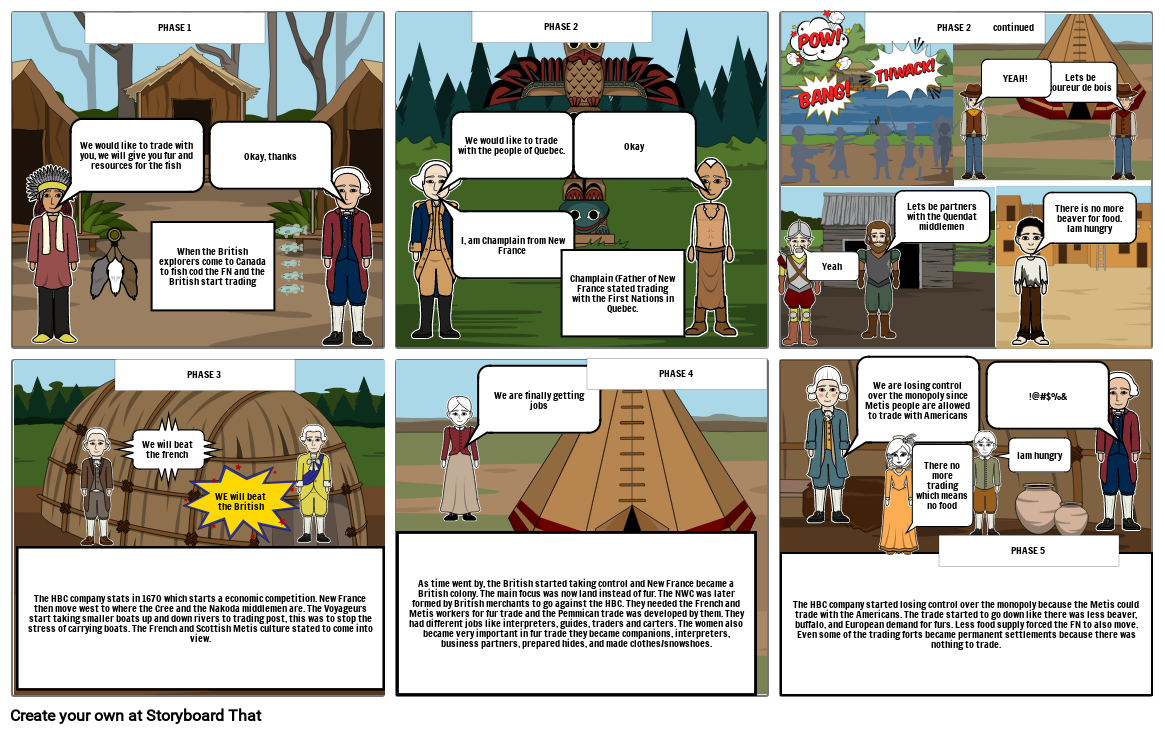
Fur Trade Project Storyboard by 107bdc79
Trappers, Traders & Pathfinders. While the Government was neglecting the western country of the Plains, private enterprise had been slowly prying open its secrets, and individuals were finding their uncertain way along its watercourses or across its sun-browned prairie. The fur trade was the powerful magnet that thus early drew westward hardy.
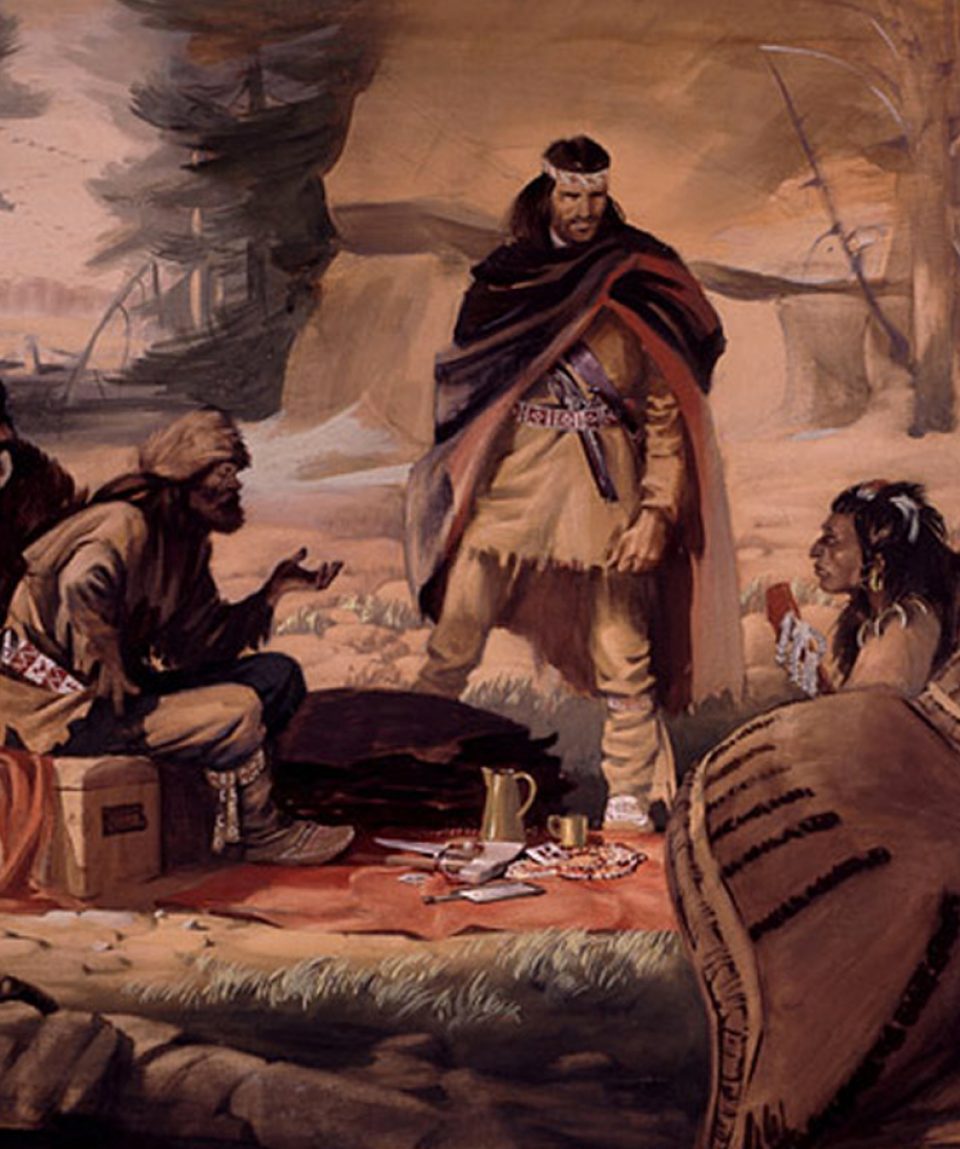
Coureursdebois Fur Trade Game Bark Lake Leadership and Conference
classroom. The purpose of the game is to demonstrate elements of the fur trade era and the people involved in the fur trade in a fun and easy to learn way. The game showcases the material culture of the different key groups (First Nations, Métis and Euro-anadian trading companies) involved in the fur trade. It is a collaborative, strategy.

Fur Trade Worksheets Grade 5 Esl Math Worksheets Pdf
In this lesson, students will learn about life as a voyageur's family during the Fur Trade and then will play the Fur Trade Game where they collect "furs" to trade for items from a "trading post.". Created by Elizabeth Phipps 2012 recipient of the Governor General's History Award for Excellence in Teaching. This lesson is inspired.
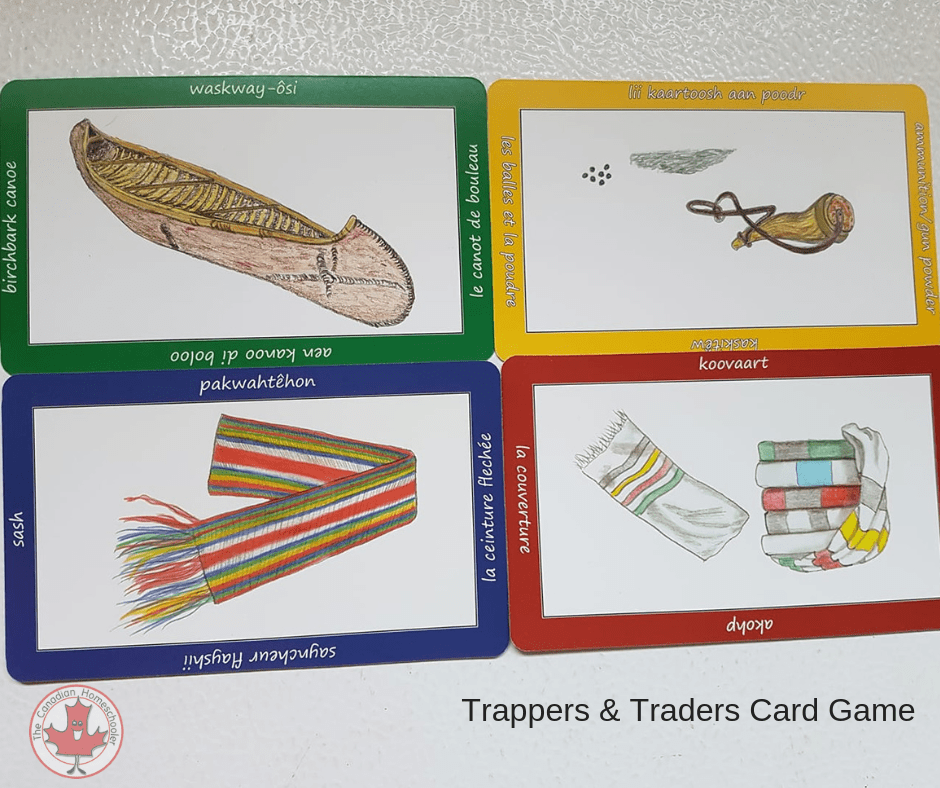
Trappers and Traders A Fur Trade Game {Review}
They'll probably fetch around $10 on average. Skunks will sell well - there always seems to be a specialty market for them - usually at about $5, but this year we've started to see skunks sell in the $10-15 range in local auctions. They'll probably continue to sell in the $5-15 range, with an average around $10.
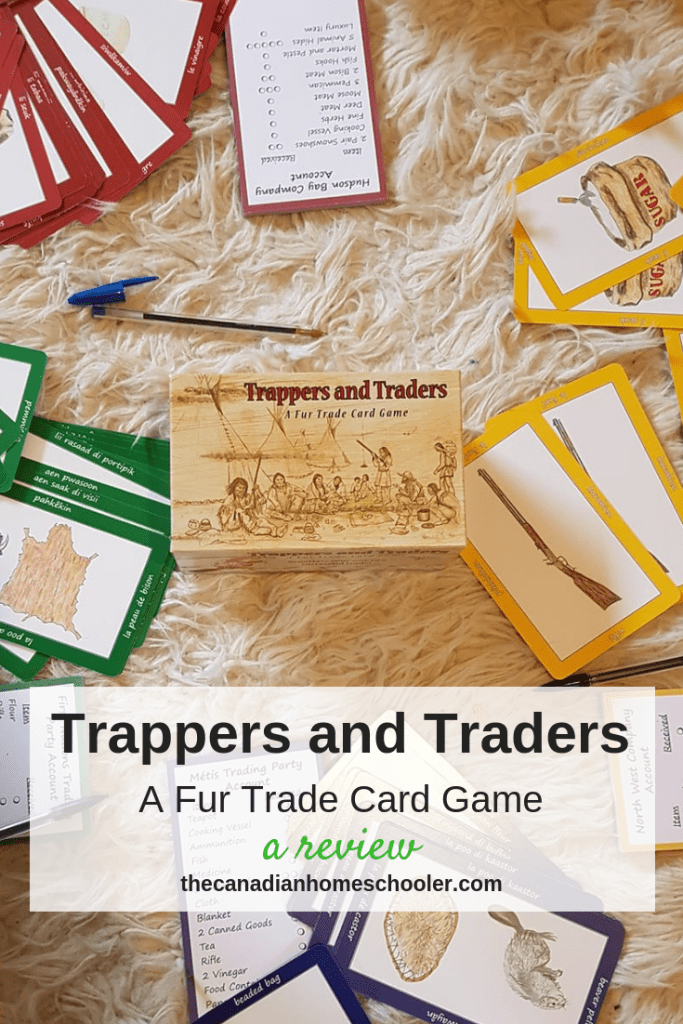
Trappers and Traders A Fur Trade Game {Review}
Fur Trade Educational Package. Download the PDF. When we talk about the fur trade, we mean a time starting in the late 1600s when companies based in Europe spread throughout what is now Canada. They traded with Indigenous people for animal fur, mostly from beavers but from other animals, too. The Hudson's Bay Company, often called HBC, is one.
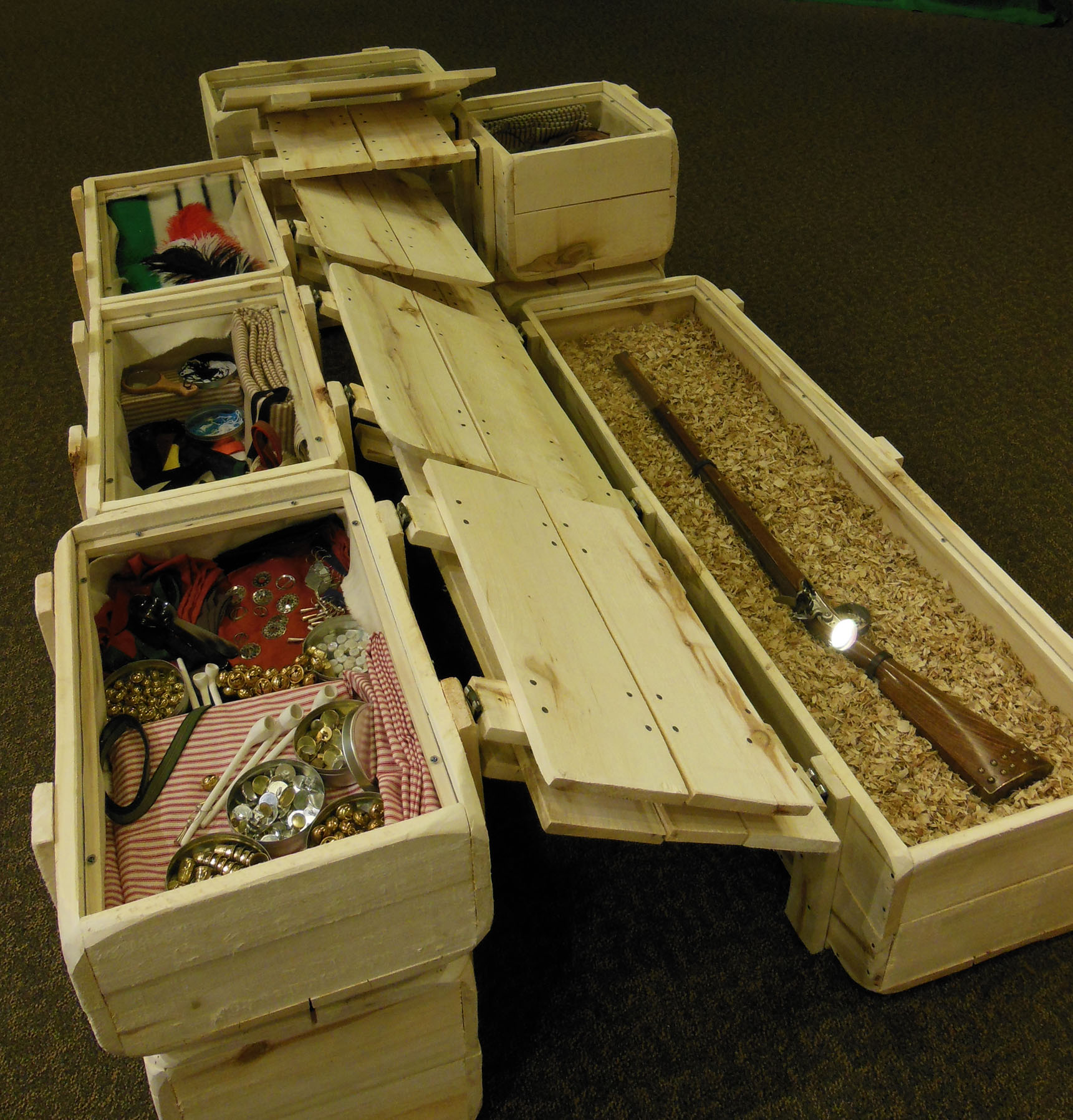
Exhibits To Go! Fur Trade in Minnesota images Minnesota Historical
As the 2020 Lieutenant Governor of Saskatchewan Heritage Awards have been cancelled due to COVID-19, we have been catching up with past winners throughout the month of October. In 2019, the Saskatchewan Archaeological Society (SAS) took home the Public Outreach award for, "Trappers and Traders: A Fur Trade Card Game.".
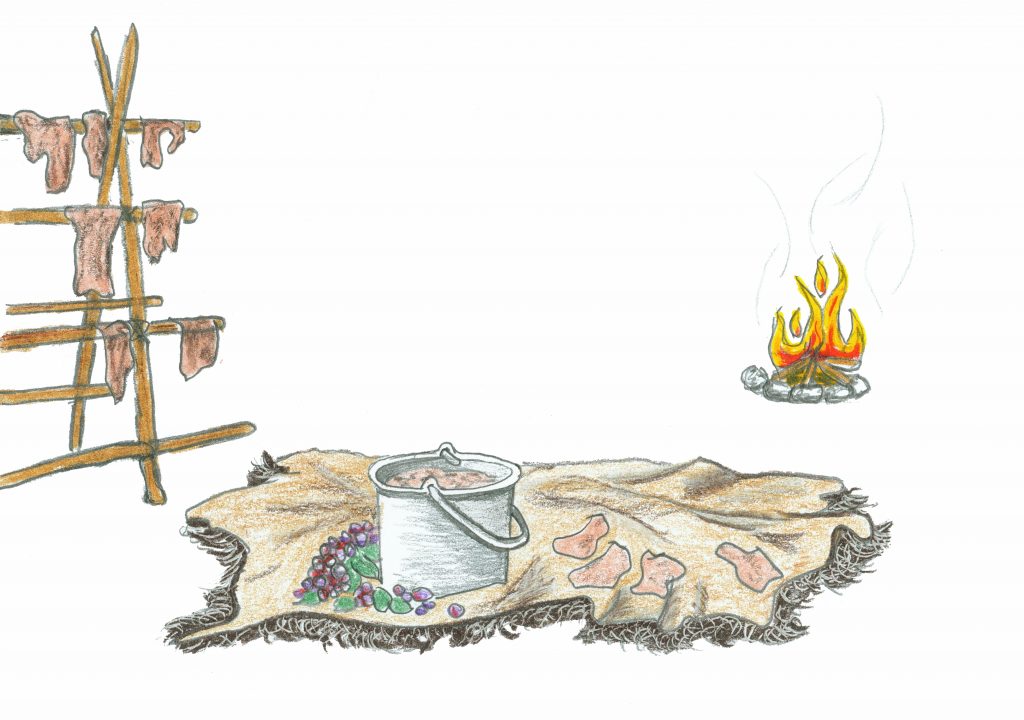
Trappers and Traders A Fur Trade Card Game Saskatchewan
The fur trade was a thriving industry in North America from the 16th through 19th centuries. When Europeans first settled in North America, they traded with Indigenous peoples (known in different places as First Nations, Native Americans, or American Indians). The Indigenous people often gave the settlers animal furs in exchange for weapons.

Trappers and Traders A Fur Trade Game {Review}
Recently I overheard a group of fourth graders using the fur trade SEND trunk exclaim with excitement, "Hey, it's just like Minecraft!". For those of you not familiar with the phenomenon of Minecraft, it is one of the most popular video games in the world having sold more than 60 million copies as of October 2014. Minecraft Landscape.
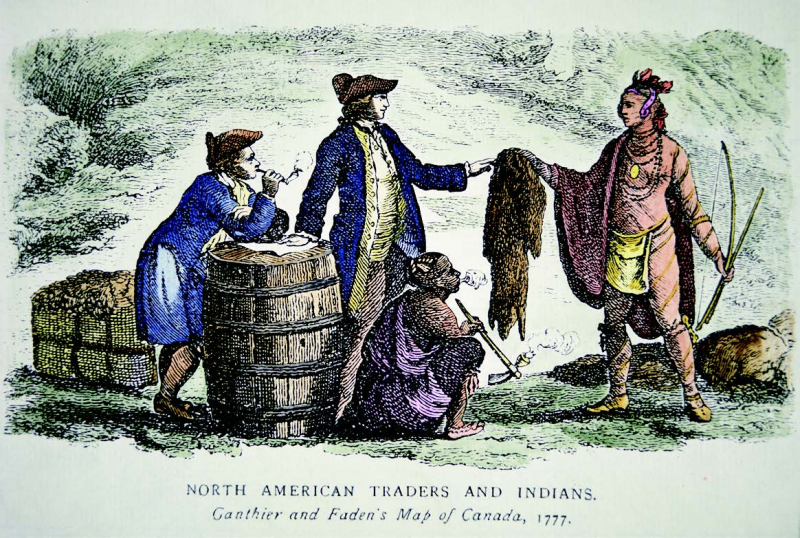
Image Fur Traders American Horizons 3e Dashboard Resources
Click on the Fur Trading Game link to play. 3. After completing the Fur Trading Game, convert your animal pelts and read trading scenarios for more historical context. 4. Go to Trading Post to make your trades. 5. For extended learning, see below for lessons connected to the fur trade. This Fur Trading Game was created, revised, and adopted by.

HandsOn Canadian History The Fur Trade Game Fur trade, Canadian
The fur trade was the original basis for the growth, foundation, and success of Canada's beginning. Wealthy Europeans were eager to buy hats made of beaver fur and the supply here was plentiful. The demand lasted nearly 200 years. Quality beaver pelts set the value of what things were worth and it seems that most trades were based on this value.
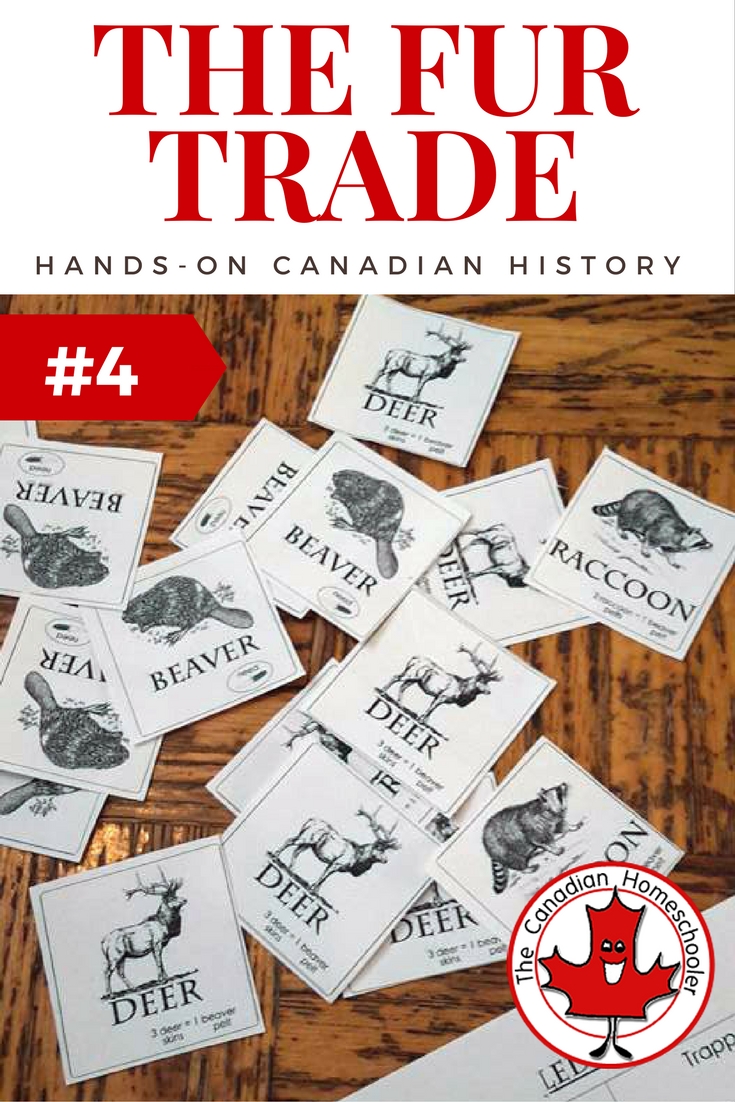
HandsOn Canadian History The Fur Trade Game
Game Description. The material culture of four different groups involved in the fur trade, First Nations, Métis, the Hudson Bay Company, and the Northwest Company is showcased in the game. Students are divided into four groups representing each one of these groups. Each group is given a list of items they need to trade for, and 21 trading.